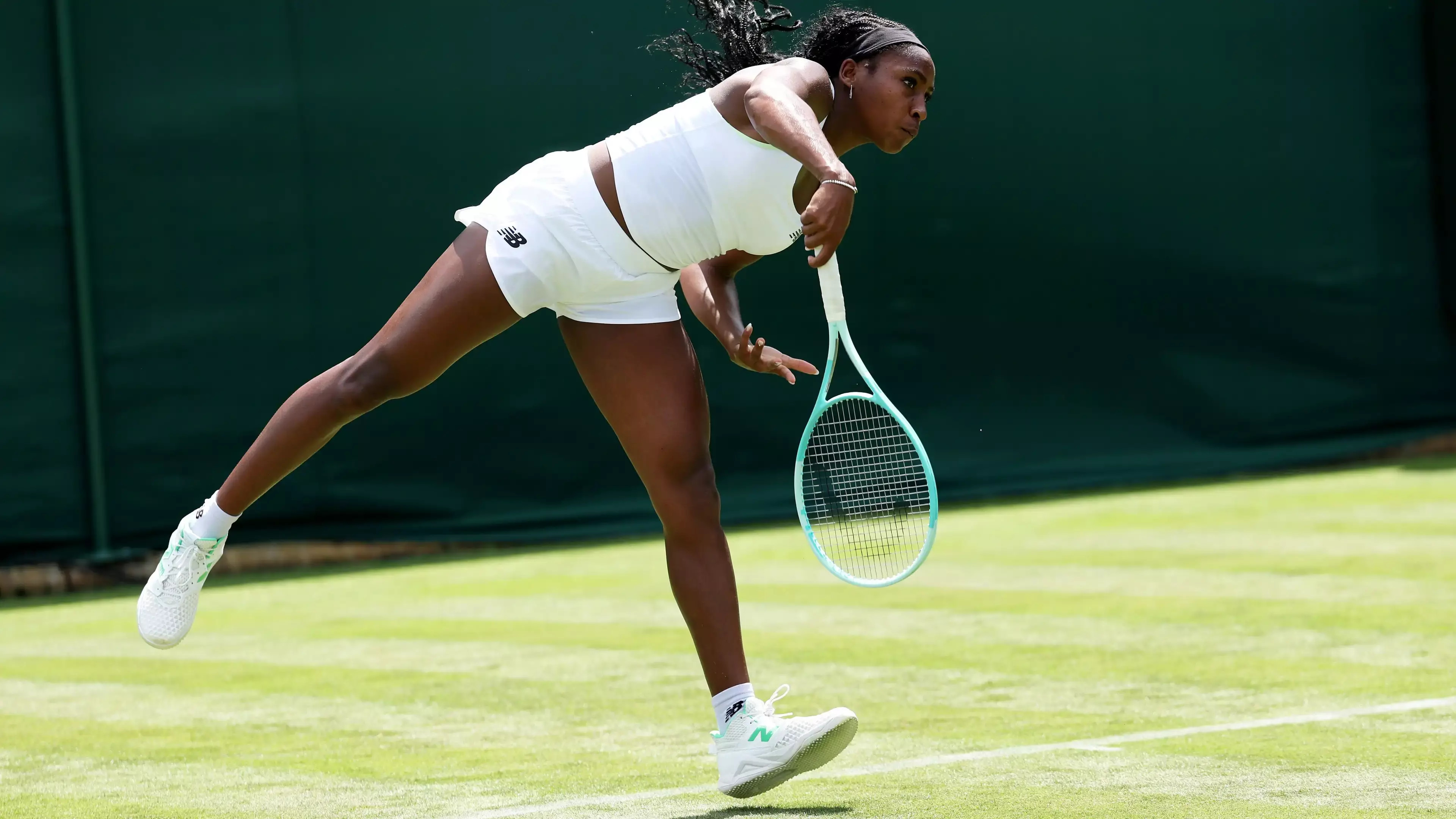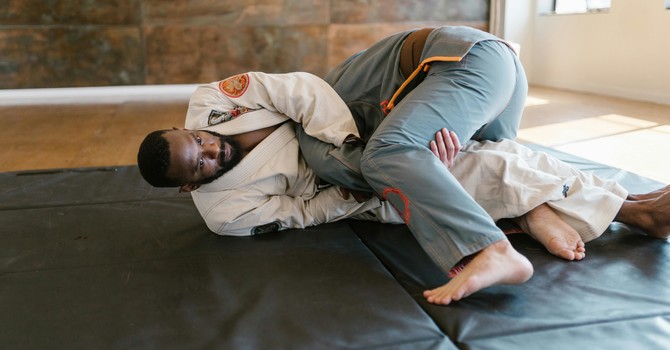
As we close out the final days of Wimbledon 2025, we are reminded of the hard work and sacrifice these athletes put in day after day. Wimbledon showcases the pinnacle of tennis excellence, where athletes push their bodies to the limit in pursuit of victory. Behind every powerful serve and precise backhand lies countless hours of intense training, dedication, and resilience. The road to the prestigious Centre Court is paved with sweat, discipline, and a relentless commitment to overcome challenges, including common injuries like tennis elbow that test even the most elite players. Understanding how these pros manage and treat such setbacks can offer valuable insights for athletes and enthusiasts alike.
Tennis elbow, or lateral epicondylitis, is a common overuse injury that causes pain on the outside of the elbow. It happens when the tendons that connect the forearm muscles to the elbow become irritated or damaged from repetitive motions-like swinging a tennis racket, typing, or even lifting heavy objects. The main symptoms include sharp or burning pain on the outer elbow, weakness in the wrist, and difficulty gripping or lifting things. The good news? With the right treatment, including physical therapy, most people recover fully and get back to their daily routine, pain-free.
Common Causes of Tennis Elbow
Despite the name, you don’t have to be Coco Gauff or Novak Djokovic to get it! People in many different jobs and activities can develop tennis elbow. The problem can be caused by a myriad repetitive movements. Common causes include:
- Repeated gripping or squeezing motions
- Frequent use of hand tools (like screwdrivers or hammers)
- Typing or using a computer mouse for long periods
- Playing racket sports like tennis, badminton, or squash (playing 2 hours or more a day can increase the risk)
- Repetitive lifting or carrying heavy objects
- Painting or other activities involving wrist extension
- Gardening or any tasks requiring repetitive wrist and arm motion
Recognizing these common causes can help you adjust your activities and reduce the risk of developing tennis elbow.

Symptoms of Tennis Elbow
Tennis elbow typically develops gradually and can cause a range of uncomfortable symptoms, including:
- Pain or burning sensation on the outer part of the elbow
- Tenderness when touching the bony bump on the outside of the elbow
- Weak grip strength, making it difficult to hold objects or shake hands
- Pain that worsens with activities involving wrist extension or gripping
- Stiffness or discomfort that may spread down the forearm
If you notice these signs, it’s important to address them early to prevent the condition from worsening.
How Does Physical Therapy Help Tennis Elbow?
Physical therapy is one of the most effective ways to treat tennis elbow. A physical therapist will design a personalized program to reduce pain, promote healing, and restore strength and flexibility in the forearm and elbow. While it’s commonly considered an overuse injury, a thorough assessment is essential because the underlying cause can vary. Factors like shoulder weakness, improper mechanics, poor ergonomics, or even nerve involvement may all contribute to the condition. Identifying the root cause helps guide an effective treatment plan.Treatment often includes:
- Targeted Exercises: Strengthening and stretching exercises help repair damaged tendons and improve muscle balance. Common exercises include wrist extensor stretches, eccentric wrist curls, forearm massage, and grip strengthening.
- Manual Therapy: PTs guide patients on how to modify movements that aggravate symptoms and suggest alternative ways to perform daily tasks or participate in physical activities.
- Pain Relief Modalities: Therapists may use ice, cold laser therapy or electric stimulation to decrease pain and inflammation.
- Activity Modification: PTs guide patients on how to avoid movements that worsen symptoms and suggest safer ways to perform daily tasks or sports techniques.
- Ergonomic Advice: PTs can offer tips on reducing strain when working at your desk or with other daily tasks to reduce compensations or excessive loading of certain areas of your body
By addressing the root cause and improving overall arm function, physical therapy helps patients recover faster and return to their favorite activities without pain.

With the championship rounds of Wimbledon 2025 wrapping up, the inspiring dedication and perseverance of these world-class athletes remind us that excellence in sport is never without its challenges. Injuries like tennis elbow may test their limits, but through proper care, rehabilitation, and resilience, players continue to demonstrate what it truly means to compete at the highest level. Whether you're a professional athlete or someone who enjoys recreational play, understanding the causes, symptoms, and treatment options for tennis elbow can empower you to stay active and pain-free.
Listening to your body, maintaining proper technique, and seeking timely physical therapy can make all the difference. So as we celebrate the thrilling matches and unforgettable moments of this year’s Wimbledon, let’s also honor the hard work behind the scenes that keeps these athletes, as well as all of us, moving strong.
Dealing with a current or past injury?
Don’t wait until it sidelines you. Schedule a 1-on-1 evaluation or movement assessment with our physical therapy team to address pain, instability/balance, or mobility issues.

Valentine Ngo
Contact Me



